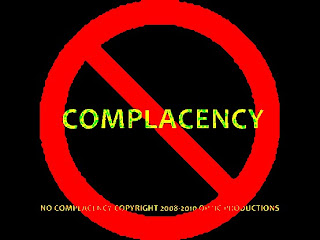I recently attended an excellent alliance training class in Boston by Vantage Partners. I'll be commenting in future blog posts about several of my takeaways from the class and my fellow alliance professionals (40 strong) that attended.
My #1 takeaway? ....
We've Got the Power!
We have more power than we realize. Despite the obstacles
and challenges inherent in building alliance capabilities in our organizations,
despite all the things we feel we have no control over–
we do have significant power in our role as “interventionists” in our
organizations.
We can hone our skills as alliance
professionals and learn the tools and techniques to manage conflict, negotiate
based on interests versus positions, identify and manage differences to
maximize mutual value of the alliance. The extent to which we build our own skills in these areas is the extent to which we can lead by showing our organizations a
better way to think, a better way to make decisions, a more effective framework
for managing conflict and thus, a better way to manage and optimize our alliance relationships.
People follow competence. We can indeed change our organizations – one stakeholder at a time…
People follow competence. We can indeed change our organizations – one stakeholder at a time…













